Published 19th February 2020
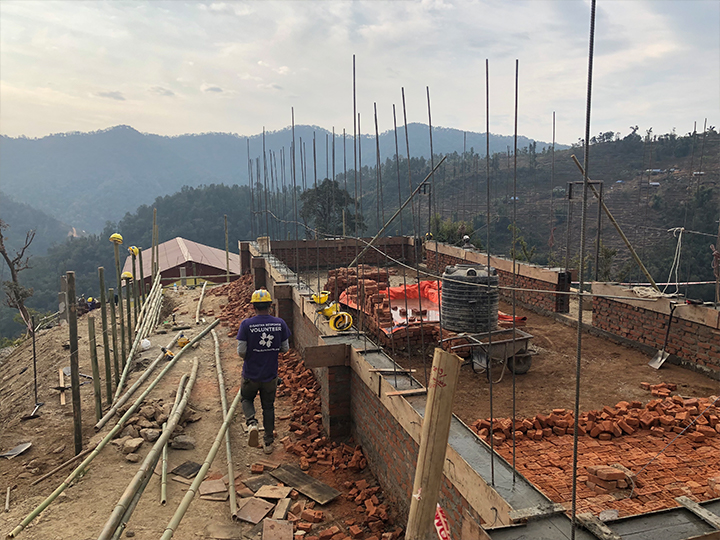
With stunning Himalayan views and golden temples perched on charming hill villages, Nepal – or the roof of the world as some call it – is undoubtedly one of the world’s great travel destinations.
But after the 2015 twin earthquakes wreaked havoc in the country, many living in Nepal were left to pick up the rubble. Today, children are still unable to attend school and for those who are, attend classes in unsafe, temporary makeshift schools.
For that reason, non-profit organisations such as All Hands and Hearts (AHAH), based in the United States, continue to run its Nepal Earthquake Relief Programme.
And this is a story of my volunteering journey with AHAH.
I only chanced upon the organisation and its work one hot November afternoon, during my semester-long exchange in Hong Kong, when I was scrolling through the internet for non-profit organisations that blend service and travel in their programmes.
But I sure left no stone unturned when checking the sustainability of AHAH’s relief project in Nepal, cross-referencing the content on its website to reviews on its Facebook page, looking through the social profiles of its volunteers, and reading its annual financial reports.
After much consideration and careful thought, I decided to come onboard AHAH’s efforts in rebuilding the 19th, 20th, and 21st schools since the project’s commencement in 2015, with a sleeping bag and tent I bought for the trip in tow.
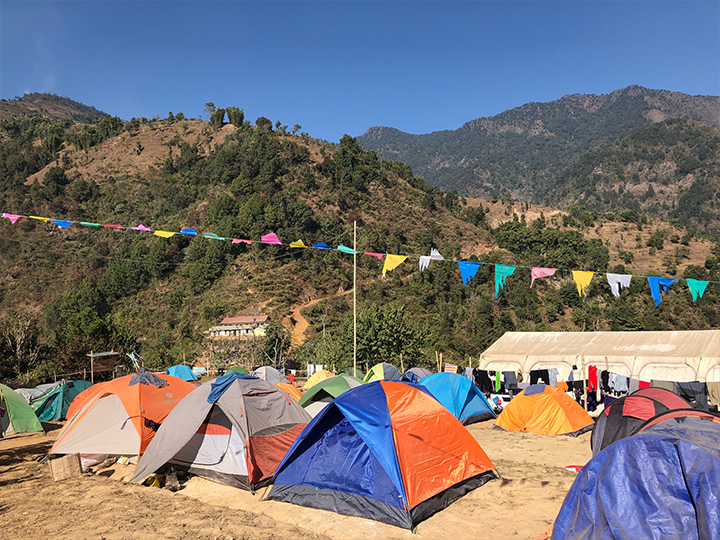
While I had to pay for the return flight ticket, my stay during the project came with no fee, and meals were included on work days.
It surely was daunting at the beginning, having zero knowledge or skills in disaster relief, but with a team leader guiding us through the process, I settled in quickly.
Through bouts of trial and error, cutting myself countless times with metal wires while tying reinforcing bars, and the constant fear of severing my fingers while handling a power tool, I’ve proudly acquired some construction skills and notes on safety.
Furthermore, forging friendships with like-minded people was a breeze during my stint, especially when we slept in small tents, and see the same faces day after day.
Breakfast started at 6.30 am and work commenced an hour after. The workday came to an end at 4.30 pm with two 15-minute tea breaks separated by a one hour long lunch break over the course of the day.
Showers with a pail and bucket in bamboo cubicles, if taken, would be done before nightly meetings and dinner at 7 pm.
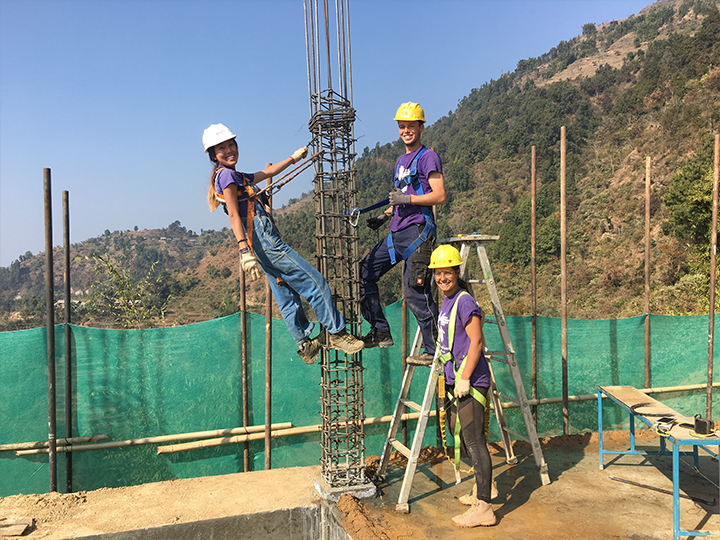
A broadened perspective
The more time I spent on the project, the more comforted I became by the fact that AHAH was very effective in running a sustainable community development programme in rural Nepal.
Project locations differ every year, and are usually chosen based on how inaccessible they are from bigger cities such as Kathmandu. Simply put: the harder the access, the less help and attention the area is given by the government.
In fact, before the commencement of a project, AHAH would encourage local villagers to set up small convenience stores and eateries to cater to the volunteers, which in turn create employment opportunities for the locals.
Furthemore, AHAH also employs local masons (male workers who are skilled in construction work) from the countryside and provides training for females in different communities to ensure they are not left behind.
We made it a point to conduct volunteer-led English lessons with the masons twice a week, which can help them in finding better jobs in bigger cities.
Despite the language barrier, they shared with me about their families, their dreams, and favourite delicacies.
Now that I’m back in Singapore, scrolling through my photo album brings back so many wonderful memories, especially ones forged with locals – the dais (older brothers), bais (younger brothers), and didis (older sisters).
They taught me how to work efficiently, to sing and dance freely to Nepali disco music without any care in the world, to kill a goat, and to take life as it comes.
My spontaneous stint with AHAH taught me how to empower local communities, to love life and all that it offers, to stay curious and present, and most importantly, to serve in a way that is ethical, and authentic to me.
In the past four years, AHAH has impacted 22,000 lives through their relief efforts and rebuilt 21 schools. However, as of July 2019, there are 1,819 schools in need of reconstruction.
If you’re even slightly interested in volunteering, I encourage you to dig deep. What are some reservations you have? What causes do you feel strongly for? What fuels your curiosity or drive for volunteering?
If going overseas seems too much of a stretch, look for organisations in Singapore that align to your current purpose in life. Connecting and supporting the communities closest to you is crucial, and could pave the way for something greater. Your contribution is never “too small”, so go in with an open mind and be the change you want to see in this world. ∎

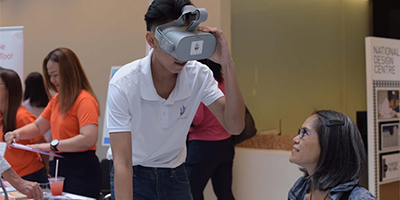
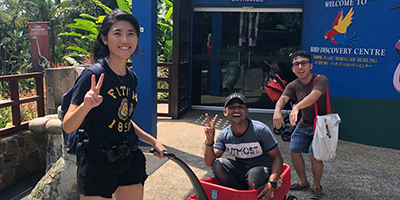
 Wee Kim Wee School
Wee Kim Wee School